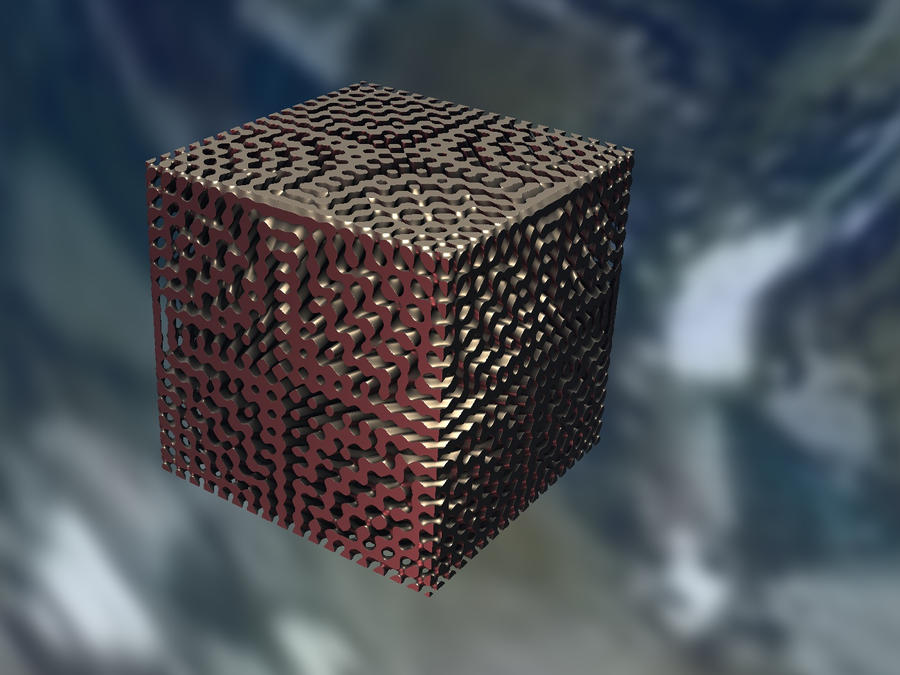The main problem with nanotechnology is that those systems require an extremely accurate ability to manipulate materials. The systems can play billiards with those particles like single atoms. The problem is how to stop the particle in the right position. And the second problem is how to remove that extra energy from it. If a high-energy particle will transfer to quantum- or nanostructure it transfers energy to those other particles. And that energy breaks that structure.
The laser rays can push the particle. In that system, lasers push and pull material like a light tweezer. But then the problem is that energy must be removed from that particle. In some versions, the system uses superpositioned and extremely low-temperature particles to remove that energy. The entangled particles also can use for pulling each other in one direction. The idea is that lower-energy participant in quantum entanglement pulls higher-energy participant into it.
In some theoretical models, the tractor beam is the system that makes quantum entanglement with atoms of the target. The problem is how to make superposition with so complicated systems. So the system must rise the superpositioned particles' energy level higher than the target particles' energy level. Then the tractor beam system must change the target system's energy level to higher than the puller's energy level. Then that pulling system will start to pull entangled particles into it. So theoretically this kind of tractor beam is possible.
The tractor beam is the system that pulls energy and particles in the wanted direction. Magnets are one version of a tractor beam. And high-power magnetic field can move also other particles than magnetic and ionized particles. But that thing sets limits to its use. The high-power magnetic fields can break the quantum structure.
Tractor beams can be acoustic or it can be electromagnetic. The acoustic tractor beams can be oscillating nano-diamonds. The high-frequency oscillation makes a vacuum around those nanodiamonds. In some other versions, the system uses oscillating membranes that make a vacuum in the tube. The problem with acoustic systems is that they can move only "large" (mm. or cm.-size) objects. And in nanotechnology, the objects are extremely small.
The idea in tractor beam systems is they are pulling objects without breaking them. The tractor beam can use to manipulate objects in nano-scale structures. And transport them in very sensitive systems. In some versions, the tractor beams are a combination of the laser systems that push the object and then the system that pulls energy away from the object that is moved by electromagnetic radiation.




No comments:
Post a Comment
Note: Only a member of this blog may post a comment.